With NCR Plus being placed in ECQ once more, many Filipinos won’t be physically participating in the yearly Catholic tradition. Here’s how to do so through your screen.
It’s another year of Holy Week spent in a strict lockdown. While Catholics can still celebrate Lenten season at home, Visita Iglesia has to be done virtually again.
A Roman Catholic tradition, the Seven Churches Visitation involves visiting seven churches or more to pray before the Blessed Sacrament. In the country, believers also recite the Stations of the Cross. The practice traditionally begins on Maundy Thursday but at present, any day of Lent is acceptable.
Since we’re doing things through our screens, why not add another level to your Visita Iglesia this year and go to churches beyond Philippine shores. Here are some of the most beautiful churches in the world do so, and as you visit them, kindly pray for our country and for our leaders to take a more humane and all together reasonable approach to handling COVID.
ALSO READ: Dual Citizenship: How Investing Can Get Filipinos A Second Passport To A European Country
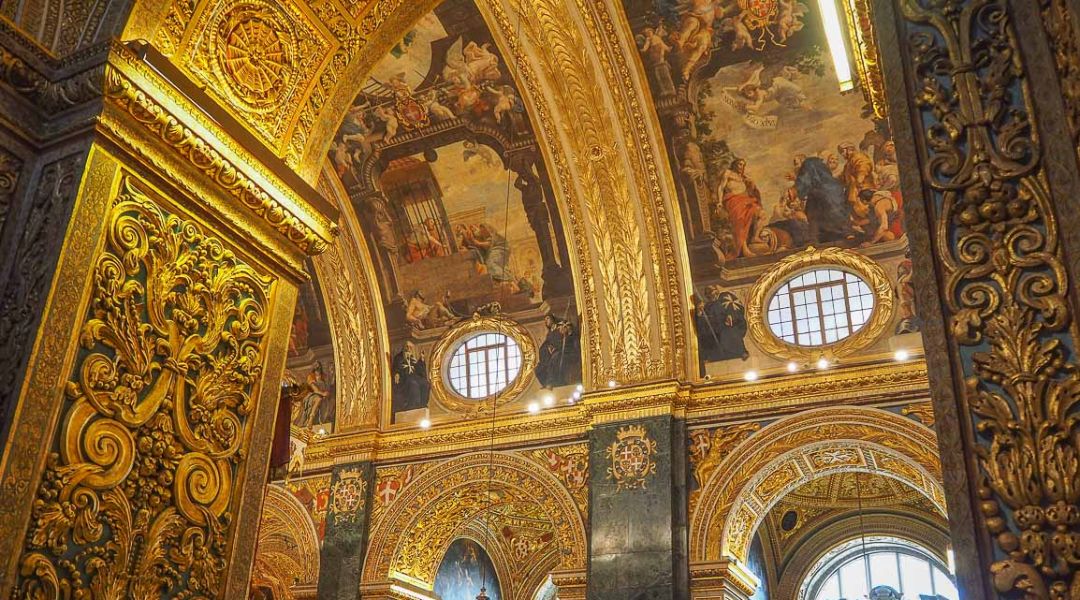
St. John’s Co-Cathedral in Malta
The cathedral in Valetta dedicated to St. John the Baptist boasts of impressive architecture, with ceilings painted with the works of Michelangelo Merisi da Caravaggio. This includes his masterpiece depicting the beheading of St. John as well as historic frescoes that were gifts from Grand Masters and Knights of the Order of St. John.
On Holy Week in Malta, their Maundy Thursday also follows the tradition of visiting seven churches, which they call Altars of Repose. On this day, they adorn the altars of all their churches with beautiful decor. On Good Friday, they hold processions commemorating the Passion of Christ until they celebrate Maltese Easter banquet on Sunday.
Click here to take a virtual tour of St. John’s Co Cathedral.
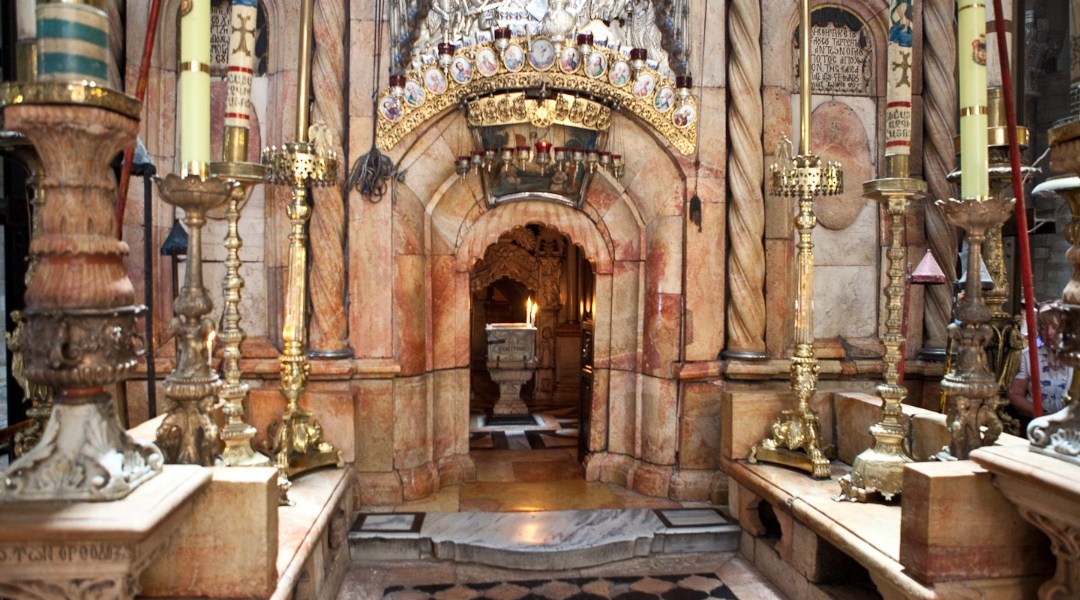
The Church of the Holy Sepulchre in Israel
Known as the location covering the crucifixion and burial sites of Jesus Christ, the Holy Sepulchre lies in Jerusalem. In 2016, the Edicule where the tomb of Jesus stands was opened to the public for the first time after its major restoration. Tourists, however, frequently visit the Rock of Cavalry, which is said to be the location of the actual crucifixion. (Albeit, this remains a topic of debate.) Interestingly, pious Christians who venerate the Prison of Christ, claim to hear sounds of whipping and grunting, especially on Good Friday.
On Black Saturday, the Holy Light or Holy Fire ceremony is held in this church. Throughout history, an unexplained blue light is said to emit from the purported tomb. In other times, a miraculous fire lights up the candles of the Orthodox Patriarch as he prays inside the Edicule. This Holy Fire represents the resurrection of Jesus and is passed around from one candle to another.
Click here to see a 360 virtual tour and here to watch a guided tour.
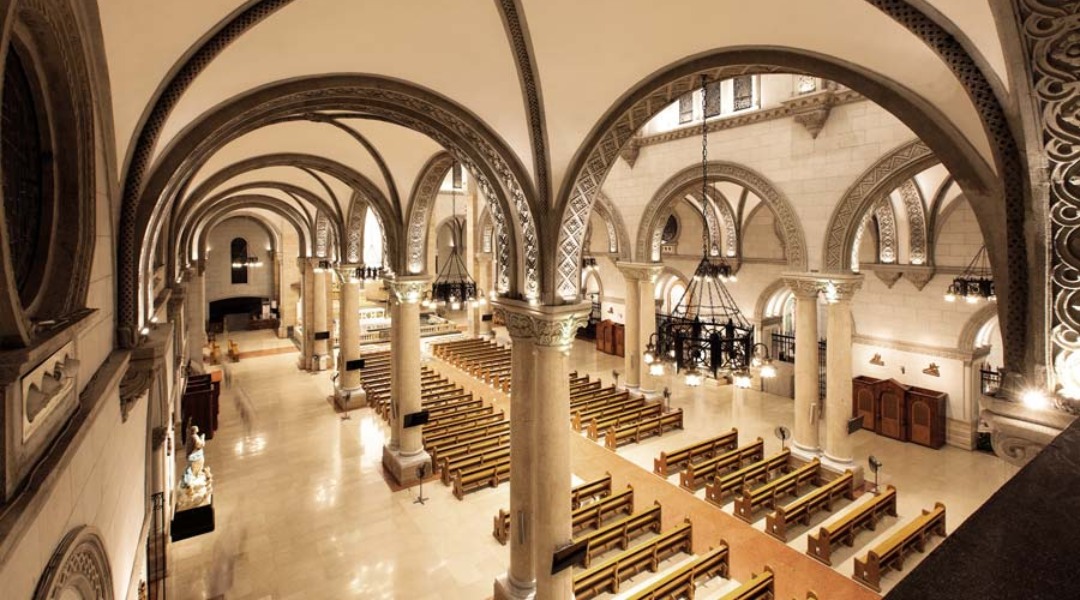
Manila Cathedral in Intramuros
One of the well-known churches in the country, Manila Cathedral lies in the capital’s famous Intramuros. Dating back to the 1570s, the neo-Romanesque church has undergone reconstructions throughout the centuries, including one in the 1950s after World War II completely destroyed it. In 2015, Pope Francis visited the church to give a mass where a record-breaking six million people attended.
Click here to see a 360 virtual tour.
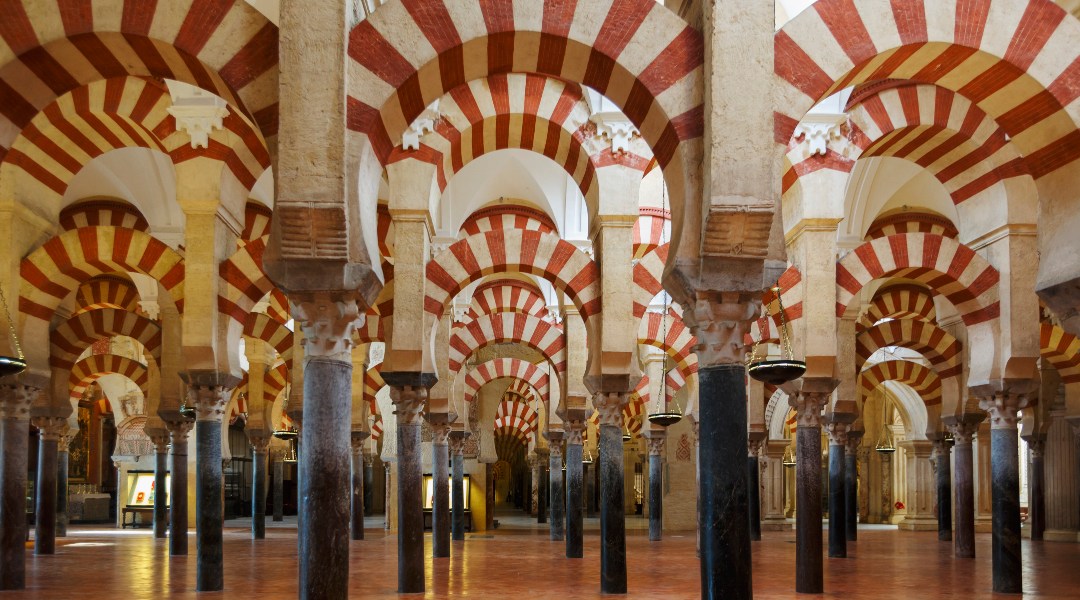
(Photo from Iberofest)
Cordoba Cathedral in Spain
One of the most beautiful and oldest churches in Spain, Cordoba Cathedral was once called The Mezquita of Cordoba which is Spanish for “mosque of Cordoba.” The cathedral underwent several religious changes, beginning as a temple for the Roman god Janus and then turning into a church by the Visigoths who invaded Cordoba.
Throughout history, the cathedral was converted into a mosque under the first Islamic dynasty of the Umayyads. Eventually, Christians took over and built a church within the mosque. However, they retained the architecture and at present, became a tourist attraction. Among its must-visit sites are Torre del Alminar, a minaret, and Mihrab, a prayer site facing Mecca for Muslims.
Click here to take a virtual tour.
ALSO READ: Real And Reel: The Stately Homes And Estates That Hollywood Loves To Use
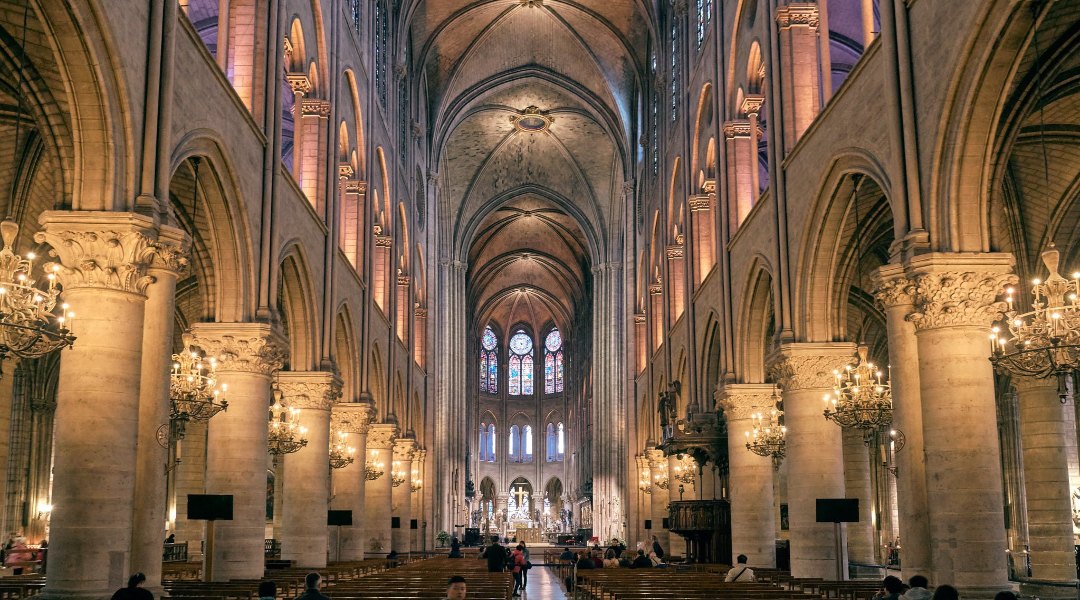
Notre Dame Cathedral in France
The beloved Paris landmark is still recovering from the great fire that consumed it in 2019. Since then, the cathedral continues to hold readings and prayers, especially since the pandemic broke out over the world. The proceedings are all broadcasted live rather than holding large church services. This year’s Holy Week is no different. Once again, they are live-streaming Triduum services and vigil masses, including the adoration of the Blessed Sacrament.
Click here to scroll around the Notre-Dame Cathedral before the fire.
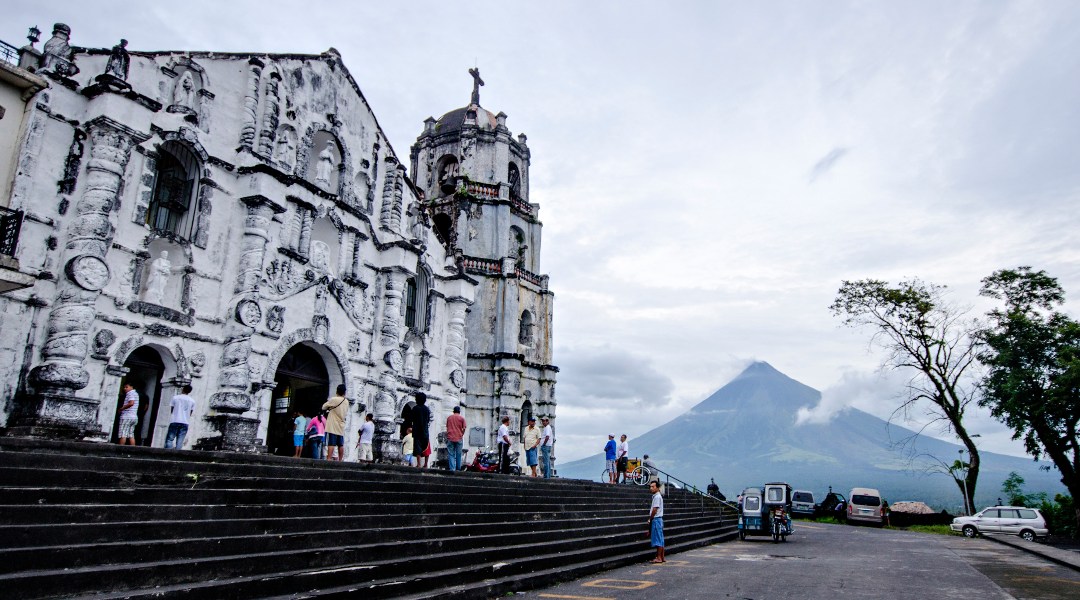
Daraga Church in Albay
The 18th-century Baroque structure became a National Cultural Treasure in 2007. But before achieving this status, the church experienced devastation. In 1814, Mayon Volcano’s eruption destroyed four neighboring towns. This includes the original Cagsawa Church which Daraga was initially a part of.
The destruction of the volcanic eruption was so great that only the remains of the church’s belfry stand today. After the catastrophe, survivors moved to Daraga. Its church is now among Albay’s historical landmarks and tourist attractions.
Click here for a 360 tour.
ALSO READ: What Mia Branellec And Cat Juan Ledesma Love About Their Local Trip To Spectacular Islands
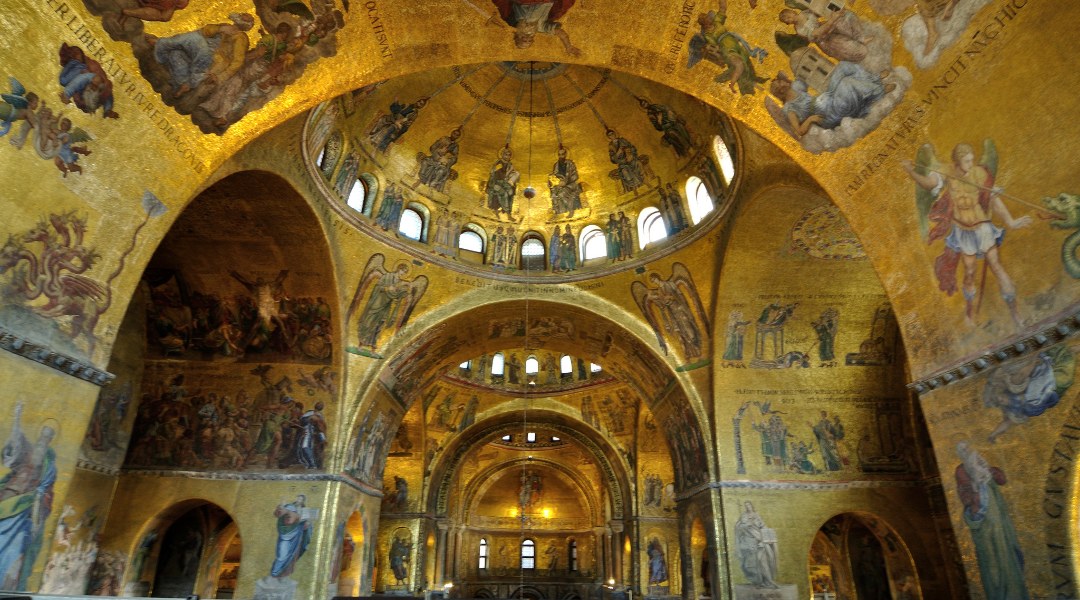
Basilica San Marco in Italy
One of the most significant religious temples in Venice, St. Mark’s Basilica houses the remains of St. Mark the Evangelist. History claims Venetian merchants smuggled his body from Egypt into a barrel of pork. Now, the Evangelist is named the protector of the city.
The Basilica is a product of different styles over the years, but its most prominent one is Byzantine architecture. Gold mosaics cover the vaults and walls while relics, sculptures, and artworks fill the halls and adorn the ceilings. The iconic mosaics depict the history of Venice, its ambitions and evolution of art, and stories from the Bible.
Click here for an exploratory walkthrough and here to watch a short documentary.
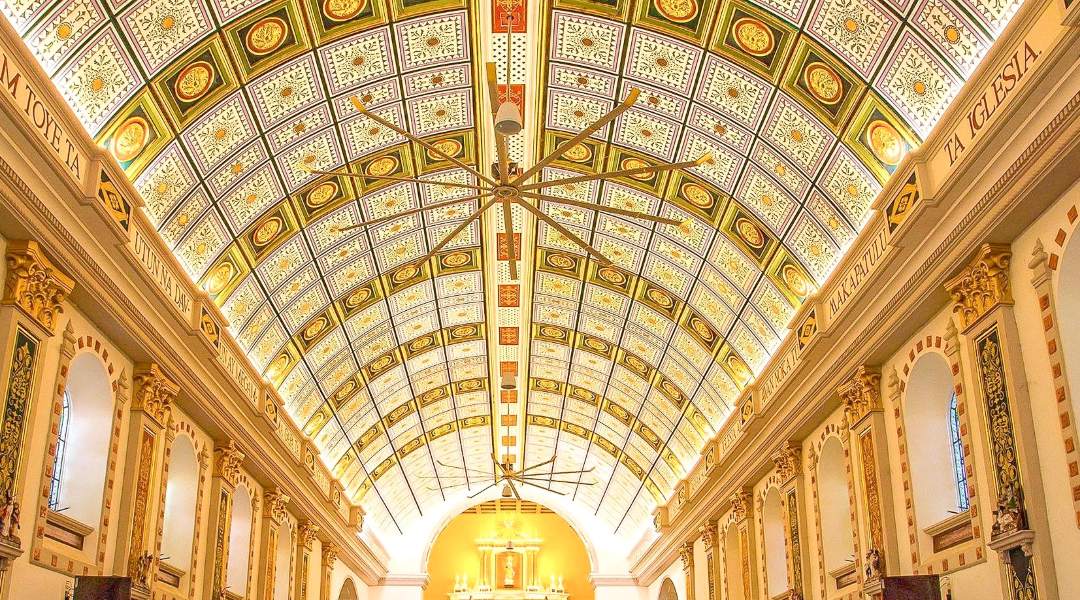
Tuguegarao Cathedral in Cagayan
Like the Manila Cathedral, parts of Tuguegarao Cathedral were destroyed during the Second World War. However, restorative projects almost made it impossible to see the marks of the destruction.
The cathedral’s interiors used to be bare but now, trompe-l’œil paintings cover the ceilings. Behind the cathedral stands an old bell that was rung when the congregation of Sisters of Saint Paul of Chartres arrived in 1907. At present, Tuguegarao Cathedral is among the most visited churches during Holy Week for its strategic location in the city, a well-known point of reference, especially for tourists.
Click here for a 360 view.
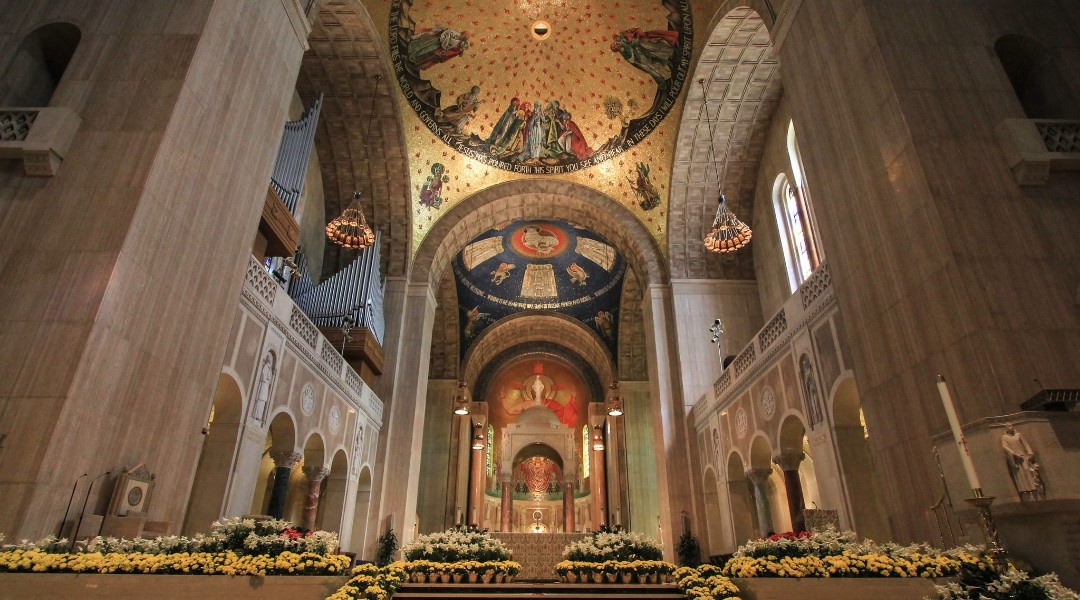
Basilica of the National Shrine of Our Lady of Aparecida in Brazil
The origins of the church reveal an interesting story of a group of fishermen unable to catch fish. After asking for the intercession of Our Lady, their nets caught a terracotta statuette of the Virgin Mary without its head. Afterward, they did catch the part of the head.
They cast their nets once more and this time, they were able to catch an abundance of fish. From then on, they dedicated a chapel to the Virgin Mary which eventually grew into the biggest shrine in the world that honors Mary. They call her Our Lady of Aparecida, the last word comes from the verb “appear,” referencing the miraculous intercession.
Click here to take a 360 tour.





